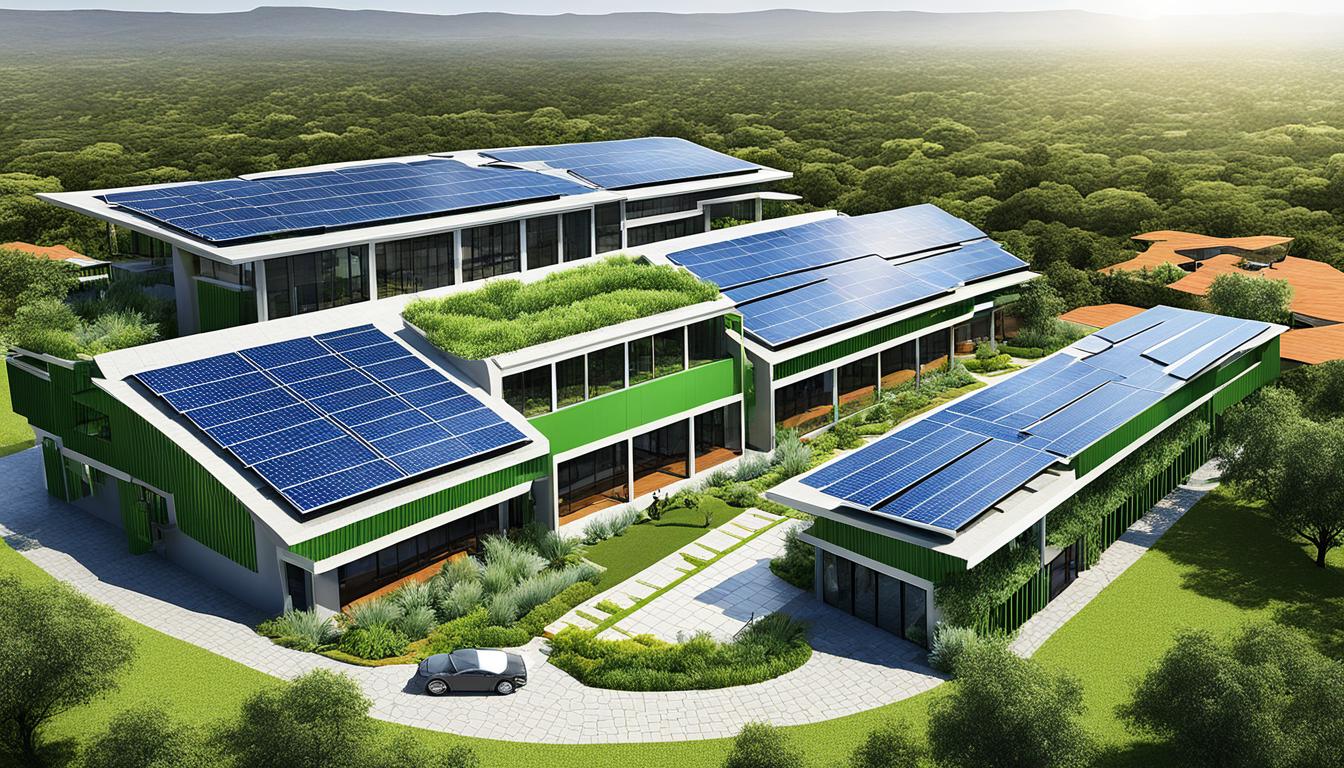For many homeowners, adding a pool to their backyard is a dream come true. Not only is it a terrific addition for recreation and relaxation, but it also enhances property aesthetics. However, once the pool is constructed, one of the most common questions is: how much does it cost to fill a pool? The cost of filling a pool can vary depending on several factors, ranging from the size of the pool to the method of water delivery. In this article, we will dive deep into the details so you can budget accordingly.
Lets break down the factors, costs, and methods, providing you with the tremendous insights you need to make an informed decision.

Factors That Determine Pool Filling Costs
1. Pool Size and Volume
The size of your pool plays a critical role in determining how much water is needed to fill it. Pools are measured in gallons, and larger pools obviously require more water. On average, a standard backyard swimming pool holds anywhere from 10,000 to 20,000 gallons of water, but custom designs can far exceed these numbers.
2. Local Water Rates
Water costs can vary significantly depending on your location. Most municipalities charge homeowners based on the volume of water they use, typically measured in gallons or cubic feet. It’s essential to check with your local water provider to understand their pricing structure.
3. Water Delivery Services
Alternatively, water delivery services are an option if you want a hassle-free method to fill your pool. While convenient, hiring a water delivery company usually comes at a higher price compared to filling your pool using your home’s water supply.
4. Seasonal Rates and Demand
Filling your pool during peak swimming seasons, like spring or early summer, may cost more due to increased demand. Some areas also impose water usage restrictions during droughts, which could increase costs or delay your ability to fill the pool.
Average Costs of Filling a Pool
Filling a Pool with a Garden Hose
The most common method for filling a pool is using your home’s garden hose. This process is simple but can take hours or even days, depending on your pools size. On average, filling a pool with a garden hose costs between $80 and $200, based on municipal water rates.
Hiring Water Delivery Services
If patience isn’t your strong suit, water delivery services can fill your pool in a matter of hours. However, its more expensive than the garden hose method. Typical costs range from $300 to $700, with some companies charging additional fees based on distance or load size.
Additional Cost Considerations
Don’t forget to factor in the initial water treatment costs! Freshly filled pool water often requires balancing with chemicals like chlorine, pH stabilizers, and algaecides, which can add $50 to $150 to your overall expenses.
Is Refilling Cheaper Than the Initial Fill?
Yes, refilling a pool is generally cheaper because you wont replace all the water at once. Instead, youll top it off as water evaporates or after backwashing your filter. Topping off a pool averages $10 to $50 monthly, depending on usage and climate.
How to Calculate the Cost to Fill Your Pool
1. Determine Your Pool’s Capacity
First, calculate your pools water capacity in gallons. This information is often provided by the pool manufacturer, but you can also calculate it using your pool’s dimensions.
2. Check Local Water Rates
Contact your local water company or check their website for current rates. For example, if water costs $0.01 per gallon, a 15,000-gallon pool will cost approximately $150 to fill using the garden hose method.
3. Consider Delivery Costs
For those opting for water delivery, ask for an upfront quote that includes all fees and charges to avoid hidden expenses.
Saving Money on Pool Filling Costs
1. Monitor Local Discounts
Sometimes, municipalities or delivery companies offer discounts for bulk water purchases. Explore these opportunities to cut costs.
2. Fill in Installments
If upfront costs are an issue, consider filling your pool over several days or weeks to reduce the impact on your monthly utility bill.
3. Use Rainwater
Collecting and using rainwater to fill a portion of your pool is an eco-friendly and cost-effective option.
Why Knowing Your Costs is Important
Understanding how much does it cost to fill a pool helps you prepare financially and avoid unpleasant surprises. Being informed about your options ensures the process of filling your pool aligns with your budget.
FAQs
1. Can I Use Well Water to Fill My Pool?
Yes, but it may require additional treatment to ensure the water is suitable for swimming. Test your well water for metals and other impurities before use.
2. How Long Will It Take to Fill My Pool?
Using a garden hose, filling a pool can take anywhere from 12 to 48 hours, depending on water pressure and pool size.
3. Are There Any Hidden Costs?
Aside from the water itself, chemical balancing and potential fines for overusing water during drought restrictions are costs to keep in mind.

Learn More About Sustainable Home Improvements
For additional tips on maintaining your property, check out our article on green construction tips. Also, explore strategies in land development techniques to create efficient outdoor spaces.
Furthermore, don’t miss our detailed insights on whether a pool increases home value.
This article contains affiliate links. We may earn a commission at no extra cost to you.




